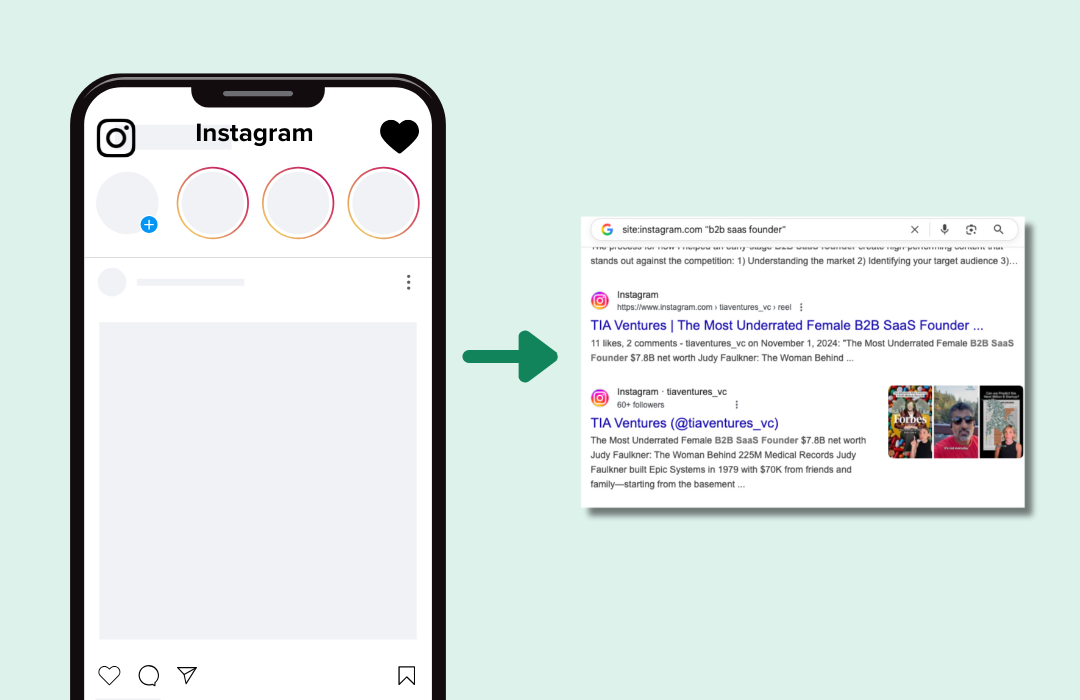While Accounts Based Selling (ABS) has been around forever, in the past six months it seems like it’s all that B2B companies – especially in the SaaS space – have been talking about. Sales leaders are searching high and low for tactics and strategies to help them create the perfect ABS model for their business.
Most sales teams understand that in order to have a fully functioning ABS model, not only do Sales Development Reps (SDRs) and Account Executives (AE) have to be on the same page, but it’s also imperative that sales and marketing are aligned as well.
Sales and CS teams are often left at odds because of selfish sales goals that cause sales reps to hand over poor customers, leaving a poor taste in the mouths of Account Managers. To remedy this, some companies are having members of the CS team join sales calls to help set expectations for the prospect. Many companies have also started aligning sales and CS by rewarding both sides as the ultimate revenue-driving, needle-moving KPI increases – net renewals.
Once the sales and CS teams are aligned, there are a number of other ways other the most obvious one – customer referrals – in which CS can help the sales team, and ultimately, the business.
1. Make note of who is using your platform and how they’re using it
Under an ABS model, SDRs and AEs are building relationships with multiple employees within an organization, figuring out multiple sets of wants, needs, and current pain points. That being said, all companies are very different in terms of size and industry although they all still may fall within your Ideal Target Profile (ITP).
Make sure to note in your CRM which employees with what titles are using your product or service, and even more importantly how they’re using it. This goes a long way in helping SDRs and AEs figure out who within a prospect’s company to target, and how to approach those conversations.
2. Log what your customers are saying about your platform
While it’s important to find out who at your clients company is using the platform and how they’re using it, it’s even more vital to make sure to keep a log of what those different employees are saying about the platform.
Sales teams can use this information, positive or negative, in figuring out how to sell to future customers, including what they should be bringing up to prospects and what they should potentially leave out.
3. Find out which other similar products/services your customer is using
Another way CS teams can help sales is by determining what similar product or services that your customer is using – using tools like Ghostery or Datanyze can help with this, but even those don’t track ALL technologies.
This can be super helpful in helping SDRs and AEs target premier accounts, and can help an AE figure out which customer would be best to provide a reference for one of their current prospect.
4. Monitor and track when a current user starts working for a different company
Fourth and finally most importantly, it’s absolutely essential that CS team members try to keep their ear to the ground and note any organizational change, especially when a current user at a customer switches companies.
Often times these users move to a new company and would like implement your product/service, but may not want to shake up the status quo alone. If the CS team lets the sales team know every time one of their products users switches companies, a sales person can reach out to that ex-user and offer to “team up” with them to try and get your product or service rolled out within the new organization.







